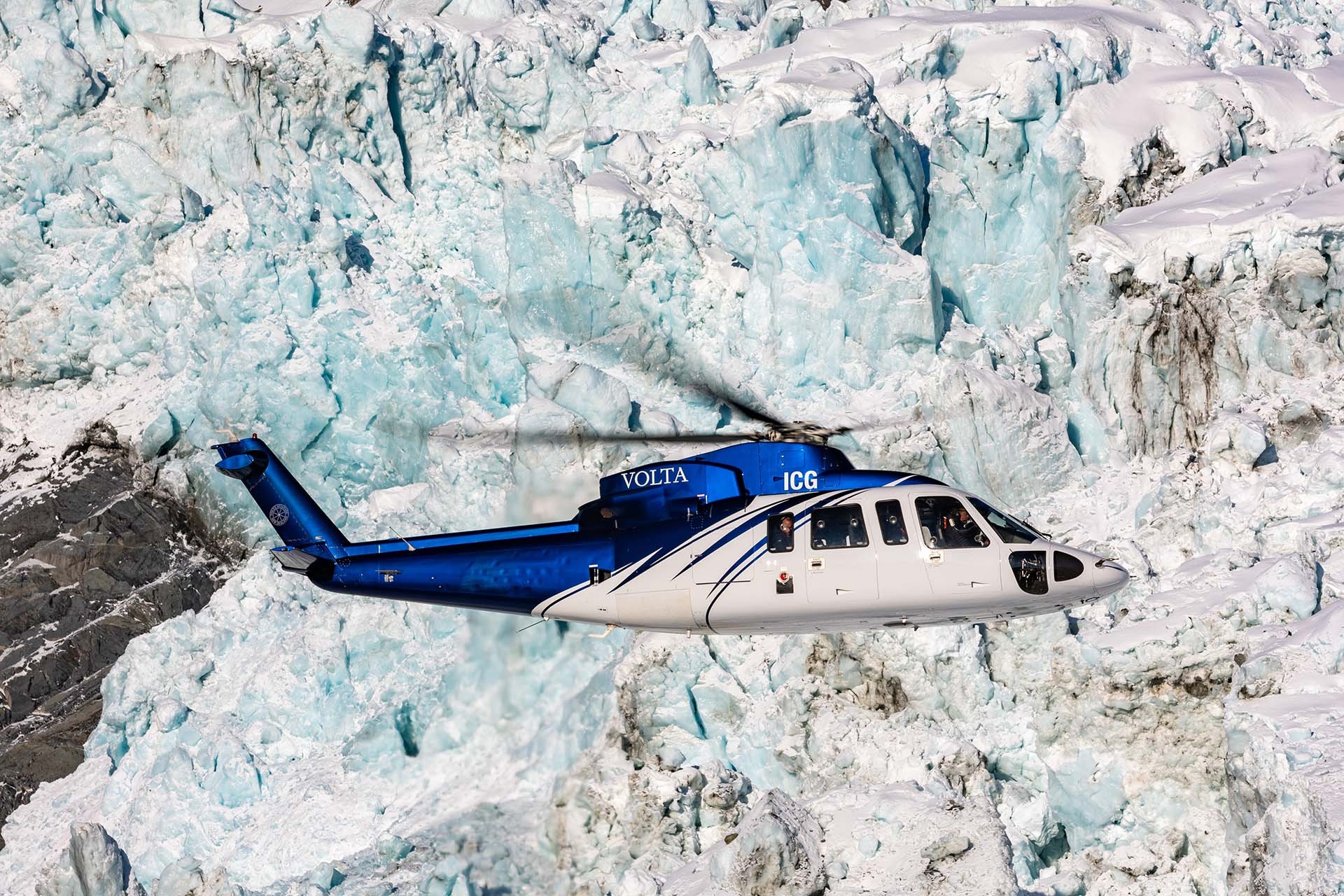Specialist VIP helicopter transport operators are a rarity in the New Zealand aviation market, but Volta Aviation is a young company that now operates a high-end corporate charter and VIP operation with the Sikorsky S-76, from its base at Auckland’s Ardmore Airport.
Beginnings
James Brown, CEO/Director of Operations and Chief Pilot for Volta Aviation explained that the company started in 2019 as CG Aviation Ltd, a Part-91 private operation initially catering to the transport needs of the two original owners with a Sikorsky S-76B. An eight-month process to meet the stringent requirements for New Zealand’s Part-135 certification for a commercial operation was subsequently undertaken and a third owner joined the company in 2021. The Part-135 approval came in May 2022 and the first commercial passengers flew on 1 May 2022; a nine-person return charter from Auckland to Great Barrier Island for a day’s fishing on a chartered boat. Attention to details and safety is a key feature of the operation and Brown related how, before that first charter, he and safety manager Nick Pearson made a reconnaissance trip to the island, inspecting facilities, speaking to several charter boat operators, and investigating the available entertainment and tourism activities.
The company became Volta Aviation Ltd in July 2022, although the choice of name was no simple exercise as a strong and distinctive brand was sought. Brown related that after months of deliberation a marketing company was engaged to assist, and they looked closely at international brands before offering a list of suggestions. Volta is Italian for ‘turn’ and ‘time’ and was selected to represent the rotary nature and speed of the aviation company’s product, attributes that give more time to enjoy what customers want to do with family and friends. Brown stressed that it is a memorable, stand-alone brand that doesn’t rely on including such aviation industry-specific terms as helicopter or heli-transfer.
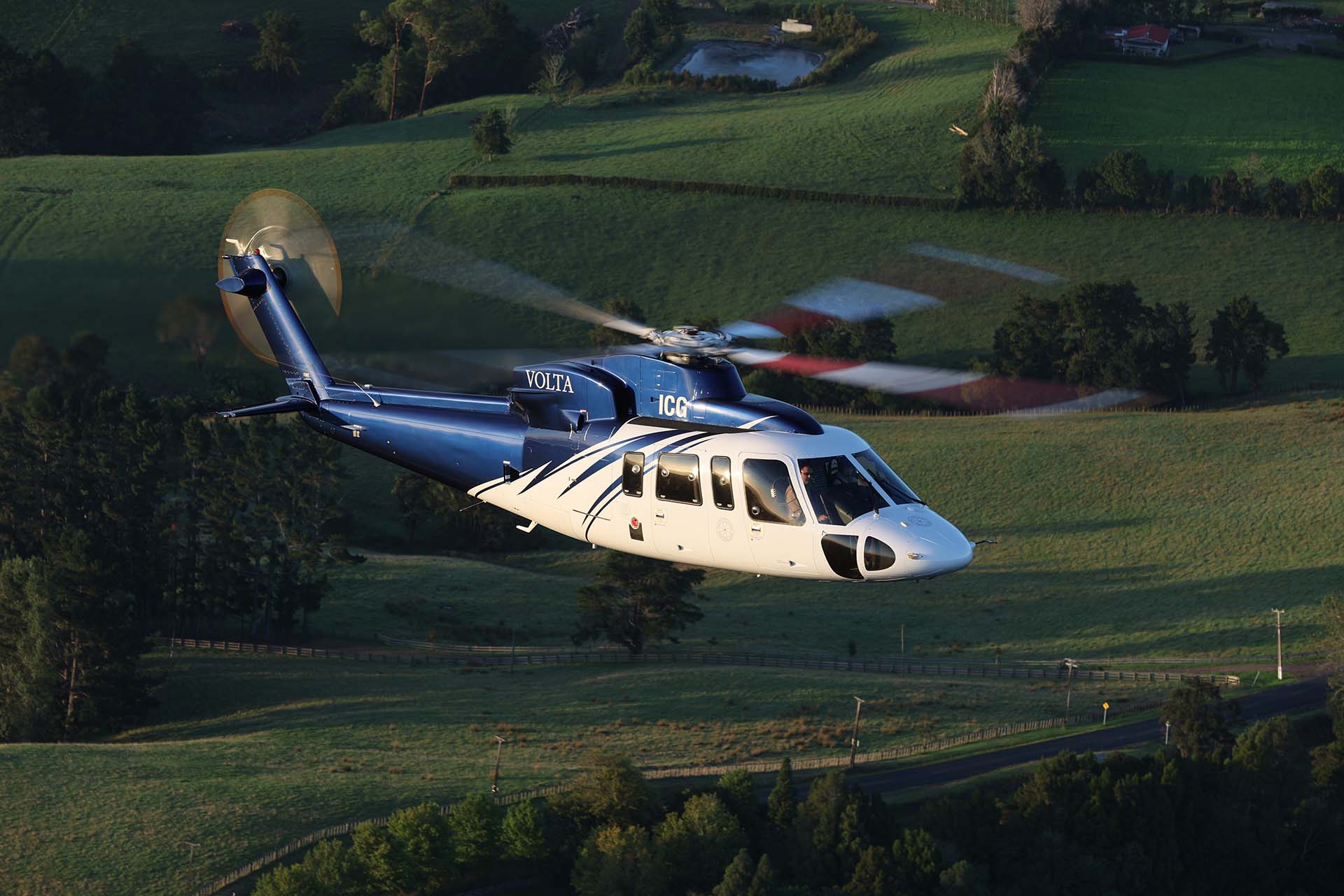
Starting Up
Brown boasts 28 years of flying, starting in the Australian outback and flying on both the 2000 and 2004 America’s Cup regattas in New Zealand. He has extensive experience in tourism, firefighting and utility work in both the USA and New Zealand. When the company was first established, there was some difficulty in finding a pilot with the multi-engine and total time that was thought necessary to operate the S-76, and Brown was first tapped for the role by a member of the NZ Civil Aviation Authority (CAA) in October 2019, while he was employed and flying overseas. In November 2019, after his successful interview, Brown immediately flew back to the US to attend the 18-day S-76 ground simulator course at CAE in New Jersey, after which he returned to NZ and commenced flying the owners in the 76B. He commented that Volta Aviation’s management operates very much as a team, rather than any one individual decision-maker, “It’s the whole group; the owners, the maintenance personnel, myself, and our office personnel, and we’re all working together,” he stated.
“The owners have property holdings around the top half of New Zealand and down in the South Island, including Lilybank Station a luxury lodge at the head of Lake Tekapo, and Ben Nevis behind Queenstown so the aircraft flew extensively up north and down in the Southern Alps,” Brown explained. By early 2022 the original B-model’s engines and transmission were close to timing out, so the decision was taken to trade it in and obtain the newer C++ variant. This move did much to facilitate the Part-135 certification as the newer aircraft was already fitted with the CVR and FDR (cockpit voice and flight data recorders) that were required for the 14-seat-certified type in commercial operation, that the older machine lacked. “It’s also increased our range capability by almost 25 percent over the B-model, cutting us down to one fuel stop on trips down to Lilybank, instead of two, and we cruise at 155kts,” Brown added. Since commencing operations, the company’s S-76s have flown the length and breadth of New Zealand, from Stewart Island, Milford Sound and Haast in the deep south, to Kerikeri, Kaitaia and Cape Kidnappers in the north.
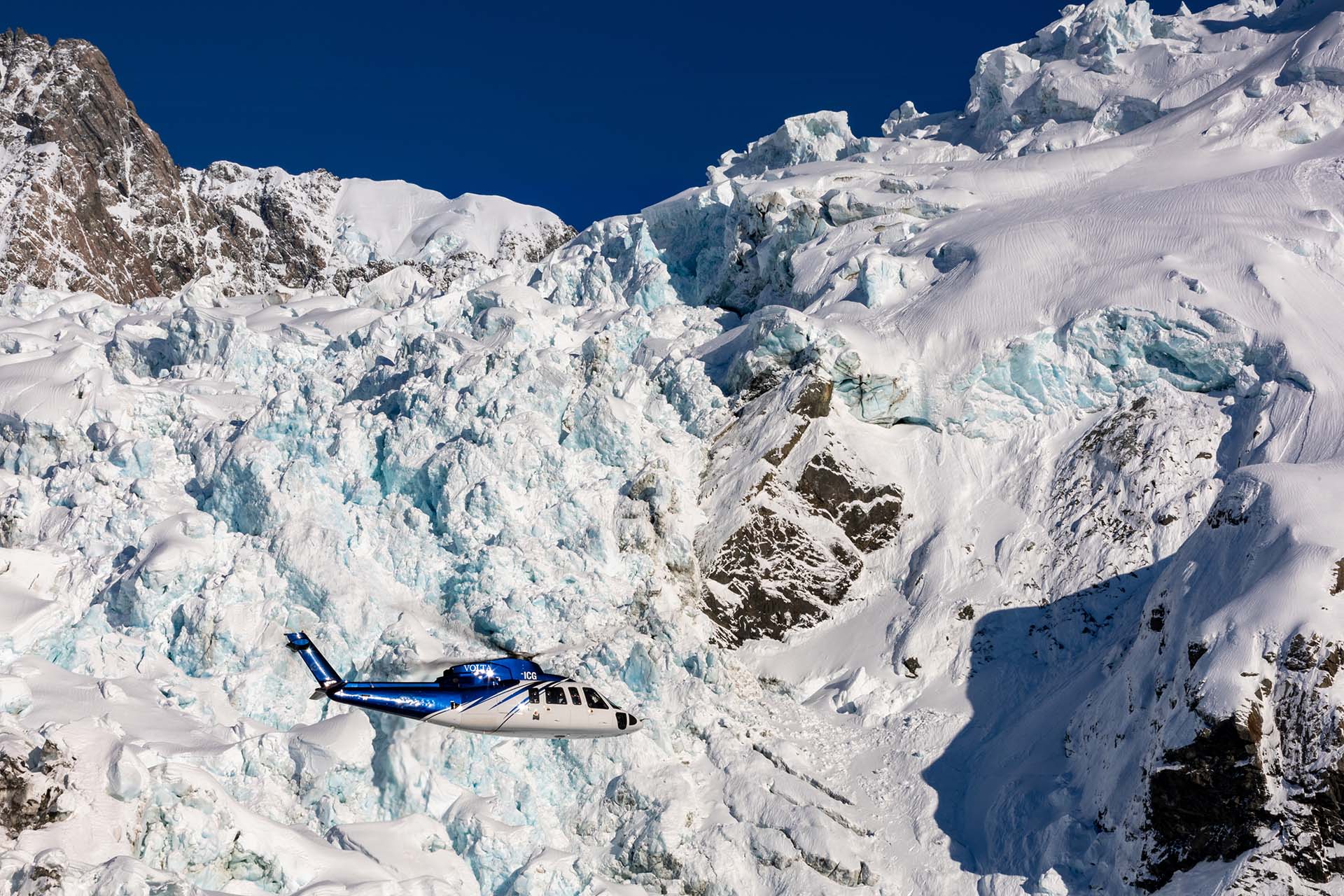
A Second Life
Volta re-purposes ex-oil and gas industry S-76s that have come off contract around the world and now has two examples on hand, as Brown outlined. “We’re currently doing about 250hrs per year so when we have the owners flying, plus our commercial operation, it was going to get a bit tight for scheduling and to cover downtime for maintenance. That’s why it was decided that we purchase the second one and we hope to have another full-time pilot staff member coming online in October. We plan to have both S-76s operational by October and we’ll do most of our maintenance in winter to minimize any scheduling conflicts.” He explained that the maintenance program will be based on an annual cycle rather than the progressive model, so that only 25hr, 50hr and 100hr checks that can be completed within a day or two will need to be conducted during the busiest October-May summer season. Volta works closely with maintenance provider Heliflite, who employ a highly experienced S-76 engineer. In addition, Volta has put one person through maintenance training and will be putting another through in the new year. “It’s important for us to have reliable, constant maintenance capability now that we’re going to have two aircraft operating, as it’s going to get quite intense for scheduled maintenance planning, outages and keeping up with the bookwork.”
C++
The C++ currently being flown started its life in Western Australia, then moved to Brazil. When owner Eagle Copters took the aircraft off contract, Volta asked them to re-purpose it for its role as VIP transport. “The interior was completely stripped, the aircraft was gone over with a fine-tooth comb and the major components were overhauled as necessary to result in an airframe with excellent remaining time-life, while the elegant leather interior was done here in NZ by Generation Global at Nelson. The onboard equipment includes a full complement of noise-cancelling Bose headsets,” Brown said. Eagle repainted the aircraft in a striking iridescent blue and bright white scheme, with Brown pointing out that the darker tail-boom makes it much easier to keep the machine looking clean. In January 2022, the company purchased the hangar in which they had been tenants. The hangar was fully rebuilt, inside and out but guest arrival and processing is carried out at the office and guest facilities located on the apron at Auckland’s Ardmore Airport, facilitating direct access to the waiting aircraft.
“When we purchased the S-76C++, we had seen from talking to inbound tour operators that there was a growing gap in capacity to cater for the volume of passengers and luggage coming in, plus a lot of the insurance requirements for those passengers requiring two pilots and two engines,” Brown recalled. One of the owners is a keen golfer and between 2019 and 2022 the S-76 proved its suitability, easily accommodating eight golfers and all their clubs. “We could do trips with a full tank of gas and were really exploring some of New Zealand’s best golf courses,” Brown commented. “That owner then recognized that the aircraft’s speed, capacity and passenger comfort made it an ideal platform for use in the VIP market and he proposed a commercial operation to the other owners, who both readily came on board. I was enthusiastic about it from the start as I think it is an element that is largely missing in this country, with this level of service and this standard of aircraft. Having that commercial ticket has now identified us with a lot of luxury lodge operators around New Zealand, such as Lilybank and Ben Nevis.” Such recognition gives Volta a genuine opportunity to become the VIP transport provider of choice for many of those destinations.
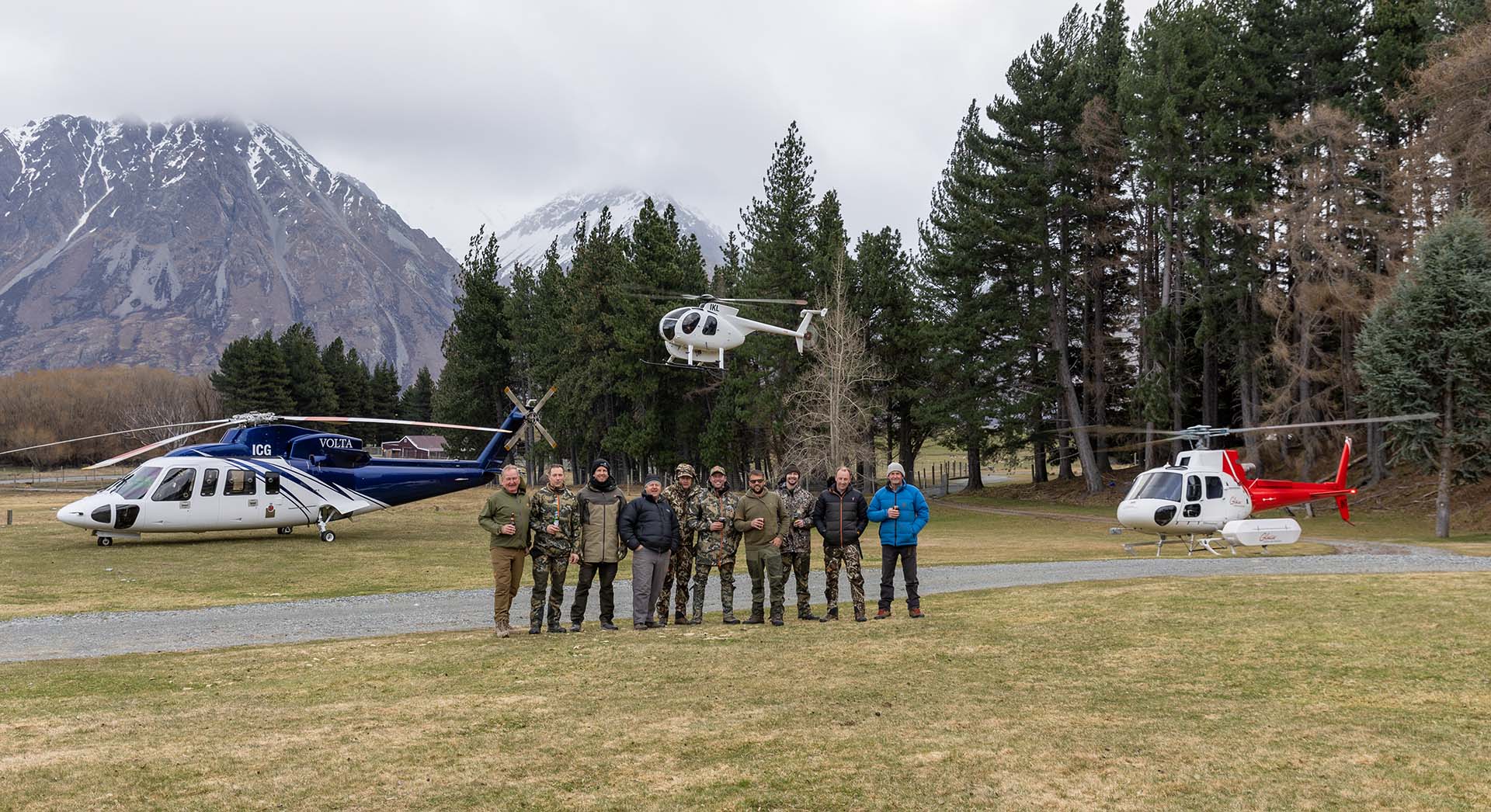
The requirement to routinely carry fairly large groups of client’s friends and family dictated the interior fit-out, which usually consists of eight passengers in the rear cabin, plus one passenger in the front. The twelve-passenger configuration has been retained, however, and can be installed if necessary to carry larger groups, giving the ability to transport up to 26 passengers when using both aircraft. “This configuration has been extremely beneficial, especially for carrying corporate incentive groups, and has really been embraced by tourism operators in the Auckland area,” Brown commented. “We’ve been really impressed with the luggage capacity of the aircraft. The baggage compartment holds six large suitcases, and hand luggage can be taken in the cabin. If there is an unusually large amount of luggage, we can use a chase vehicle or a smaller machine like a Squirrel so the luggage will meet them at their destination.”
Company Approach
“We operate more as a luxury boutique transport provider,” said Brown. “We’ve already started communicating with many of the major inbound tour operators that serve high-net-worth clients, to form relationships and let them know the products we have. We let them design the itineraries because they’ve been doing that for many years. They have all the contacts, all the rates, all the discounts, all the providers and suppliers, so why reinvent the wheel?” He commented that the tour providers described Volta’s approach as a ‘breath of fresh air’, and that they were tired of operators not ‘sticking to their lane’. “They can just tell us where to go and when. They have a lot of high-net-worth clients, so it is important to develop a relationship of trust and discretion,” he noted, adding that Volta has conducted familiarizations for many of those tour operators and luxury destinations and has already become the preferred provider for Hilton Hotels, in particular the helipad-equipped Hilton Karaka DoubleTree in Auckland.
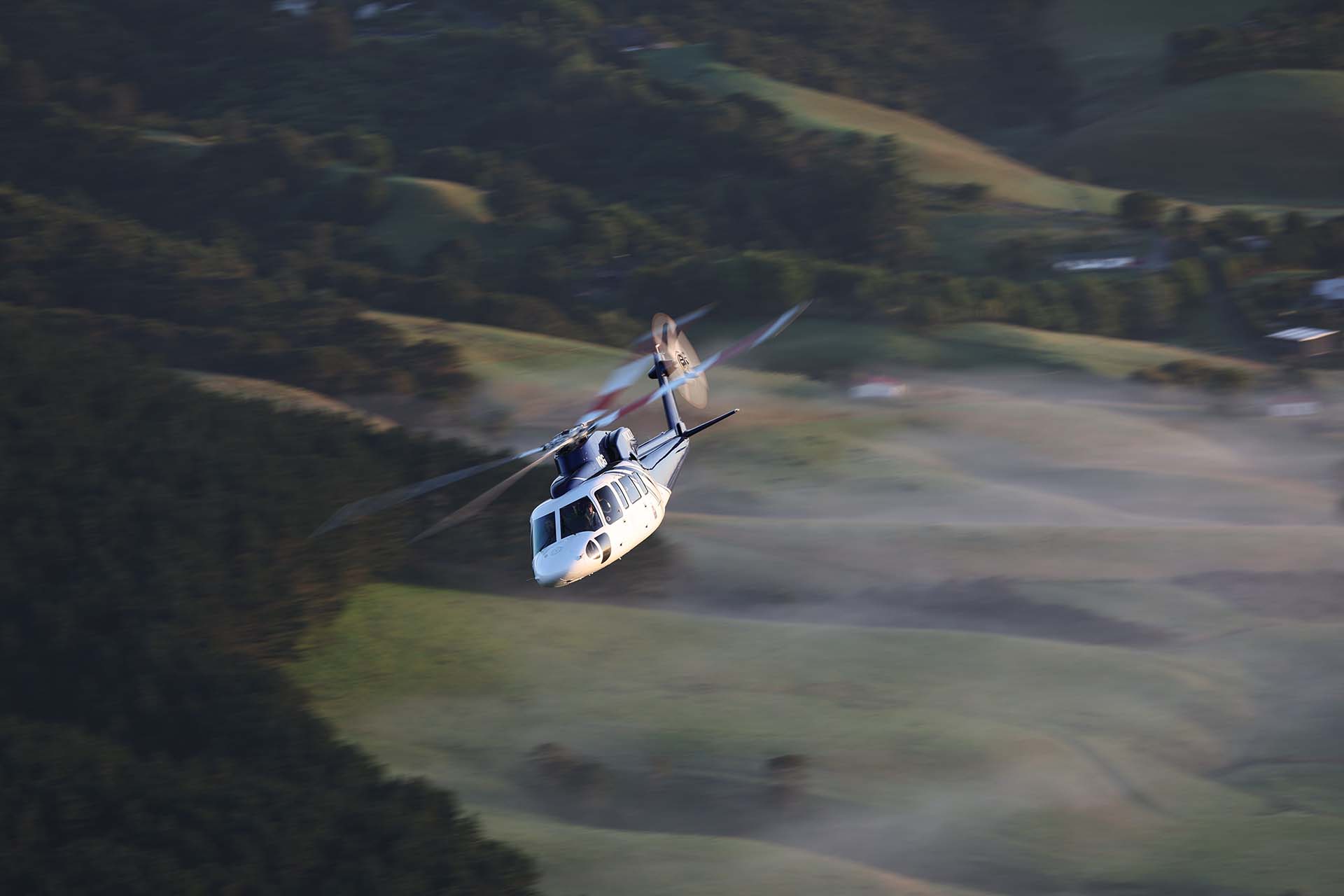
Brown commented that the company approach has been to go slowly, relying initially on word-of-mouth referral and recommendation. “We have a lot of procedures to implement to make sure everything runs smoothly. Starting slowly has been a godsend and I really enjoy the fact that we have everything absolutely right for every trip. It’s baby steps first but as we get everything going it will make things progressively easier.” As part of the process of gaining industry recognition, Volta is considering attending the international show, Pure Life Experiences in Marrakech, Morocco in September 2024. “I think the future of this market is from offshore and it comes down to getting our brand out there and known,” he remarked.
Having desirable destinations such as Lilybank and Ben Nevis within the group’s ownership gives Volta a prime opportunity to capitalize on the VIP market at those locations. Lilybank is one of New Zealand’s most remote stations, with limited road access that depends on low river levels for accessibility. The only regular access is by aircraft to the 1,200-meter airstrip, or by helicopter. The lodge was one of the world’s very first small VVIP hotels and was originally built in the 1990s as a safari park for the then Indonesian president Suharto, with many trophy Wapiti (American elk), Tahr, red deer and Chamois shot there over the next few years. It has subsequently been in private ownership for almost twenty years and Brown stated that currently Lilybank Station and Luxury Lodge was being restored to commercial standard and brought back into the market for the high-end clientele.
A potential niche market that Brown believes other operators are not in as good a position to fill is the forging of arrangements with top-end resorts and luxury lodges, whereby the rate includes an all-in charge for a given number of days and – as is the case with luxury yacht charters –includes a specified number of helicopter hours for transfers and tourism flights. Ben Nevis and Lilybank will operate on that principle and Volta has already flown for at least two other top-end destinations that charge and operate that way, so the path has already been laid and proved viable. “What has really impressed those lodges is the size and capacity of the S-76. Some lodges have a maximum occupancy of eight people, so the Sikorsky is a perfect fit, able to carry an entire group with their luggage in a single trip. Other types on offer would take two trips to do the same job, and also fly slower,” he pointed out.
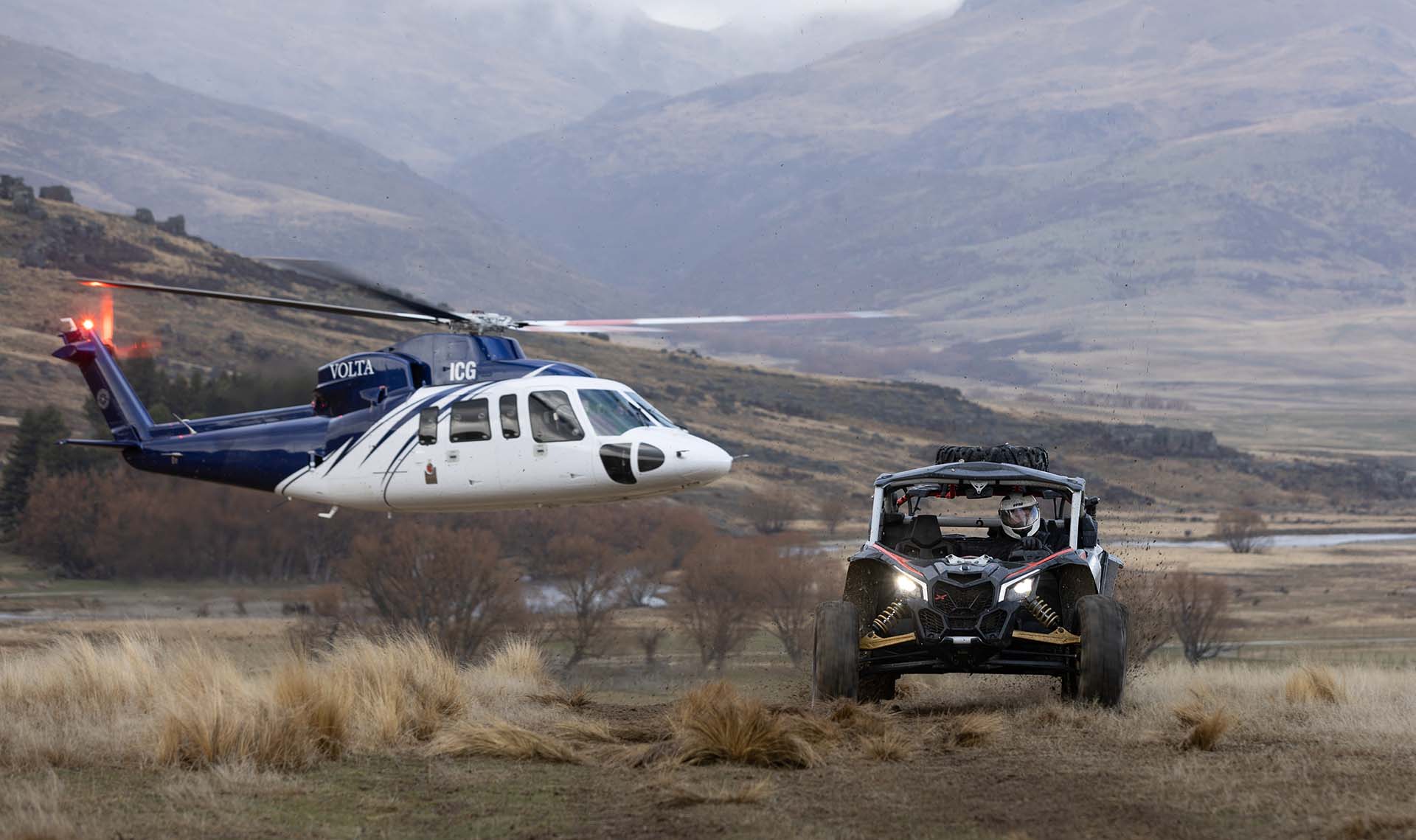
“There is still a place for such aircraft as the Squirrel, the EC130 and EC135, particularly with smaller groups, but nothing else on offer in New Zealand can match the high capacity and speed of our S-76 in the VIP sector and be available to sit at one location for a week for a single client.” The nature of New Zealand air-tourism, particularly in the South Island’s alpine region with its glaciers and snow-capped alps, frequently entails operation at up to 12,000ft for sightseeing and photography and the performance of the S-76 enables sufficiently safe operation at those altitudes. “It’s like any mountain flying,” acknowledged Brown. “Treat it with respect, plan it properly, fly it accordingly and it’s a good day out. When it’s a good day, there is nothing like climbing to 10,000ft and flying along the spine of the Southern Alps. That is a flight that simply cannot be beaten and if we can do it, we do, because not only is it spectacular for the customers, it is also more efficient for the aircraft and gives a lower fuel burn.”
Perfect for the Job
Volta also gives customers the option of either two-pilot or single-pilot operation, with a discounted rate for just one pilot. As for the aircraft itself, Brown is highly impressed and considers it ideal in its intended role, citing, “It’s extremely robust, it’s fast and it’s comfortable. It has two engines, two auto-pilots, dual hydraulic systems, dual generator systems and dual inverters, so there’s a lot of built-in redundancy and all the features that a lot of our customers require. The sheer weight of it makes it very smooth and stable. I’ve flown in some quite high mountain winds in it, and they haven’t spilt a cocktail yet, so I’ve been very impressed with its stability in high winds.”
He reported that customer feedback to date has been overwhelmingly positive with particular emphasis given to the S-76’s stability and quietness, and many clients compared its comfort level to that of flying in a larger aircraft. “I think the S-76 is putting New Zealand on the touring world map for high-net-worth individuals because we now have a capability that the rest of the world has had for many years,” Brown opined. He also explained that the inlet barrier filters fitted to the aircraft facilitate operation in sandy, dirty, or dusty environments without damage to the engines. This enables such desirable options for clients as beach and remote area landings to enjoy otherwise inaccessible activities, although the wheeled landing gear does necessitate a degree of caution in selection of landing surface.
New Zealand’s borders only opened around twelve months before HeliOps visited, just two or three months into the summer tourism season, and Volta had so far flown eleven charters, for clients from North America, China, Hong Kong and the Middle East. Brown observed that international tourists may still be somewhat cautious about travelling to NZ as there has been some of what he referred to as ‘political sabre rattling’ regarding the possibility of re-closing borders. “I think we’ve still got a long way to go before NZ is back to being recognized as a safe haven and travel destination,” he said. “Six of those charters have been in the last couple of months though, and that has included trips such as picking people up from their corporate jet at Auckland International Airport, transferring them to the Kauri Cliffs international golf course in the Bay of Islands for three days of golf, then picking them up and returning them to the jet. This is the type of clientele that we are trying to attract. They have a seamless transition straight off their jet into the aircraft and can be up in the Bay of Islands – probably one of the prettier places in the world – all within 45 minutes.”
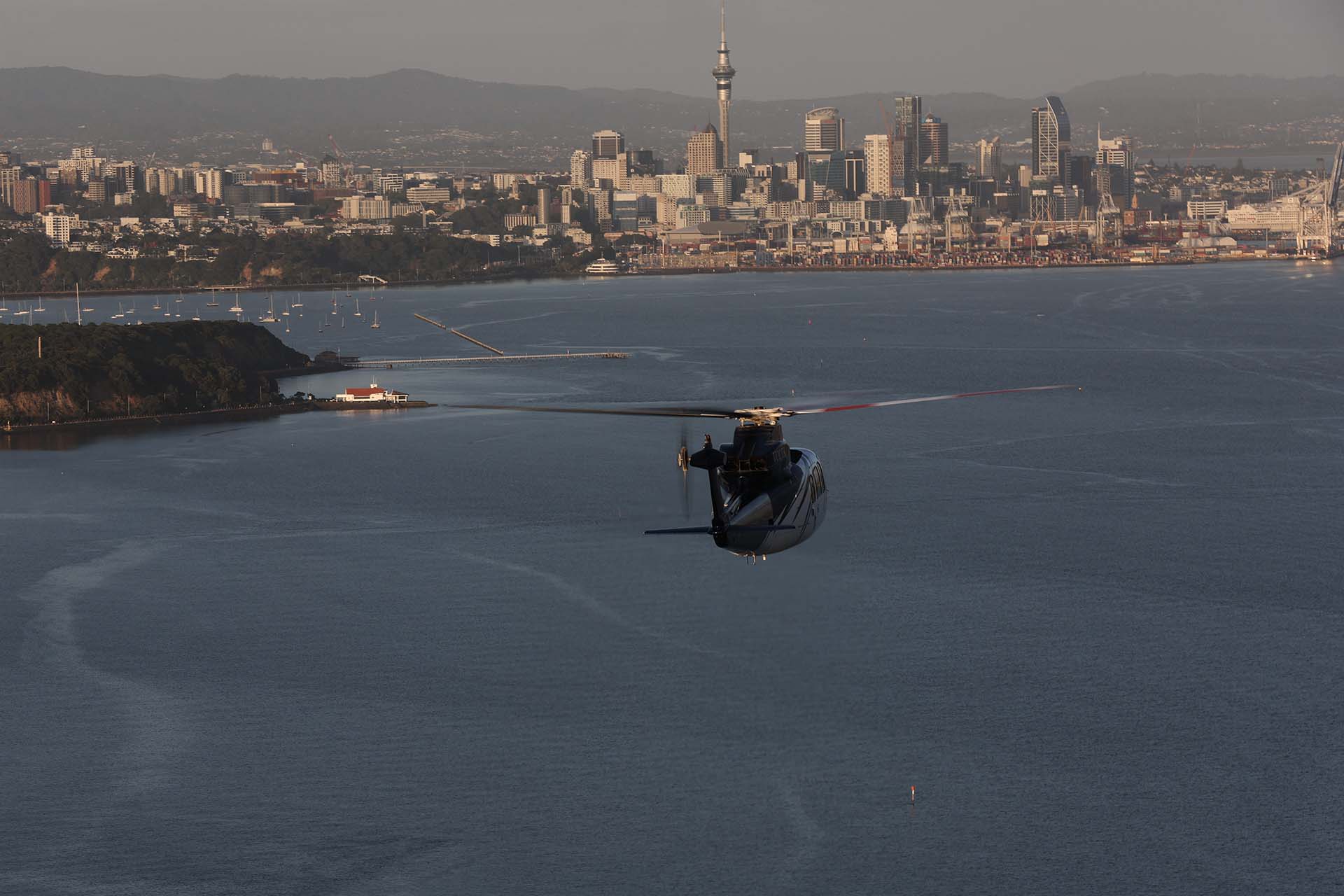
Plans
According to Brown, Volta’s plans for the immediate future include cementing its procedures and programs, completing the office facility and getting the outside area and apron up to the desired VVIP standard. “Then we want to focus on our attendance at TRENZ in May this year, to identify with inbound operators from New Zealand and around the world, and we will continue to knock on the doors of individual operators here in Auckland.” To expand on the core VIP/VVIP business, Volta will also operate a couple of AS350 Squirrels, a type that facilitates a broad range of missions including smaller capacity general tourism, utility work and short-range charter and transfers. Brown noted that South Auckland’s resident population is forecast to exceed one million by 2030, and the regions already-congested roading system may well lead to a notable increase in demand for heli-transfer flights into the city for the more well-heeled but time-poor commuters. He doesn’t rule out the addition of a third S-76 to the fleet in the foreseeable future, with the possible addition of yet another to be based in the South Island for work with the lodges and resorts there, adding heli-skiing work in the winter for an AS350. The latest S-76D variant is also under consideration for the next acquisition with its longer legs (a quoted no-reserve range of 472nm) and lower interior and exterior noise levels being notable advantages over the C++.
Brown concluded, “It will be interesting to see how it all goes, because we’re the only ones in South Auckland servicing this market, but it still comes down to getting ourselves out there, getting our name known and educating people about what we can do with these things. That’s the hard part. Once we have our website up and running – hopefully at the end of this month – that’s really going to help because we’ll tie it in with social media, and we will be doing an advertising campaign with Hilton DoubleTree. Social media is going to explode hugely and that will be a big part of how we promote ourselves. We can post photos and notes when we land at destinations like The Landing or Kauri Bay Boomrock, without any mention of who was on board. That’s the way I want to progress with it, all about the destinations where you’re going to see this aircraft. This is a dream job because I love people and I love having free reign within a budget, the opportunity to put everything I’ve learned into practice. It’s been an absolute joy; I still love it to this day, and I wouldn’t change it for the world!”
 HOME
HOME


